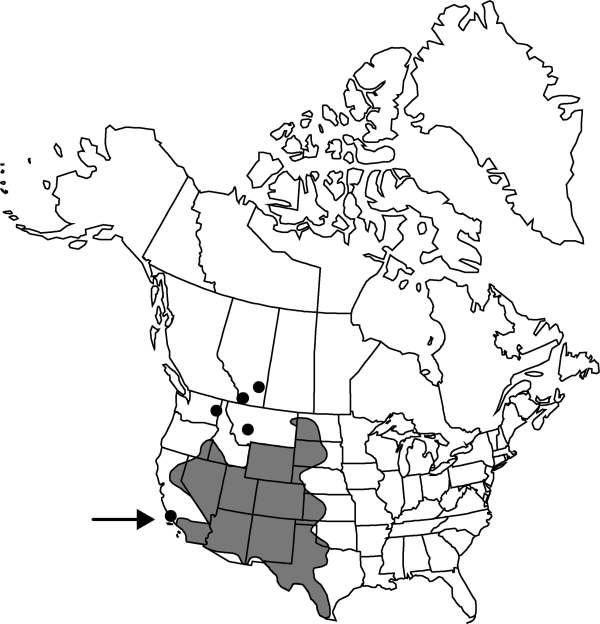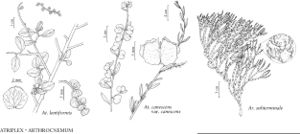Difference between revisions of "Atriplex canescens var. canescens"
FNA>Volume Importer |
imported>Volume Importer |
||
| (One intermediate revision by the same user not shown) | |||
| Line 3: | Line 3: | ||
|accepted_authority= | |accepted_authority= | ||
|publications= | |publications= | ||
| + | |special_status={{Treatment/ID/Special_status | ||
| + | |code=F | ||
| + | |label=Illustrated | ||
| + | }} | ||
|basionyms= | |basionyms= | ||
|synonyms={{Treatment/ID/Synonym | |synonyms={{Treatment/ID/Synonym | ||
| Line 49: | Line 53: | ||
|publication title= | |publication title= | ||
|publication year= | |publication year= | ||
| − | |special status= | + | |special status=Illustrated |
| − | |source xml=https:// | + | |source xml=https://bitbucket.org/aafc-mbb/fna-data-curation/src/2e0870ddd59836b60bcf96646a41e87ea5a5943a/coarse_grained_fna_xml/V4/V4_753.xml |
|genus=Atriplex | |genus=Atriplex | ||
|subgenus=Atriplex subg. Pterochiton | |subgenus=Atriplex subg. Pterochiton | ||
Latest revision as of 22:00, 5 November 2020
Plants mainly 8–20 dm, not especially armed, not or seldom layering. Pistillate flowers borne in panicles 5–40 cm. Fruiting bracteoles with stipes 1–8, body with 4 prominent, dentate to entire wings extending length of bract, united throughout, mainly 8–12 mm wide and about as long, apex toothed, surface of wings and body smooth or reticulate. 2n = 36+.
Phenology: Flowering spring–fall.
Habitat: Sandy or gravelly, commonly non-saline but in other situations obviously saline, sites in Joshua tree, blackbrush, greasewood, salt desert shrub, sagebrush, mountain brush, and pinyon-juniper communities
Elevation: 100-2400 m
Distribution

Alta., Ariz., Calif., Colo., Idaho, Kans., Mont., Nebr., Nev., N.Mex., N.Dak., Okla., Oreg., S.Dak., Tex., Utah, Wash., Wyo., Mexico.
Discussion
Narrow-leaved material from west Texas formed the basis of Atriplex canescens var. angustifolia. The nature of such narrow-leaved phases requires additional research. Probably the Texas plants having narrow leaves originated quite separately of other narrow-leaved phases.
Selected References
None.
